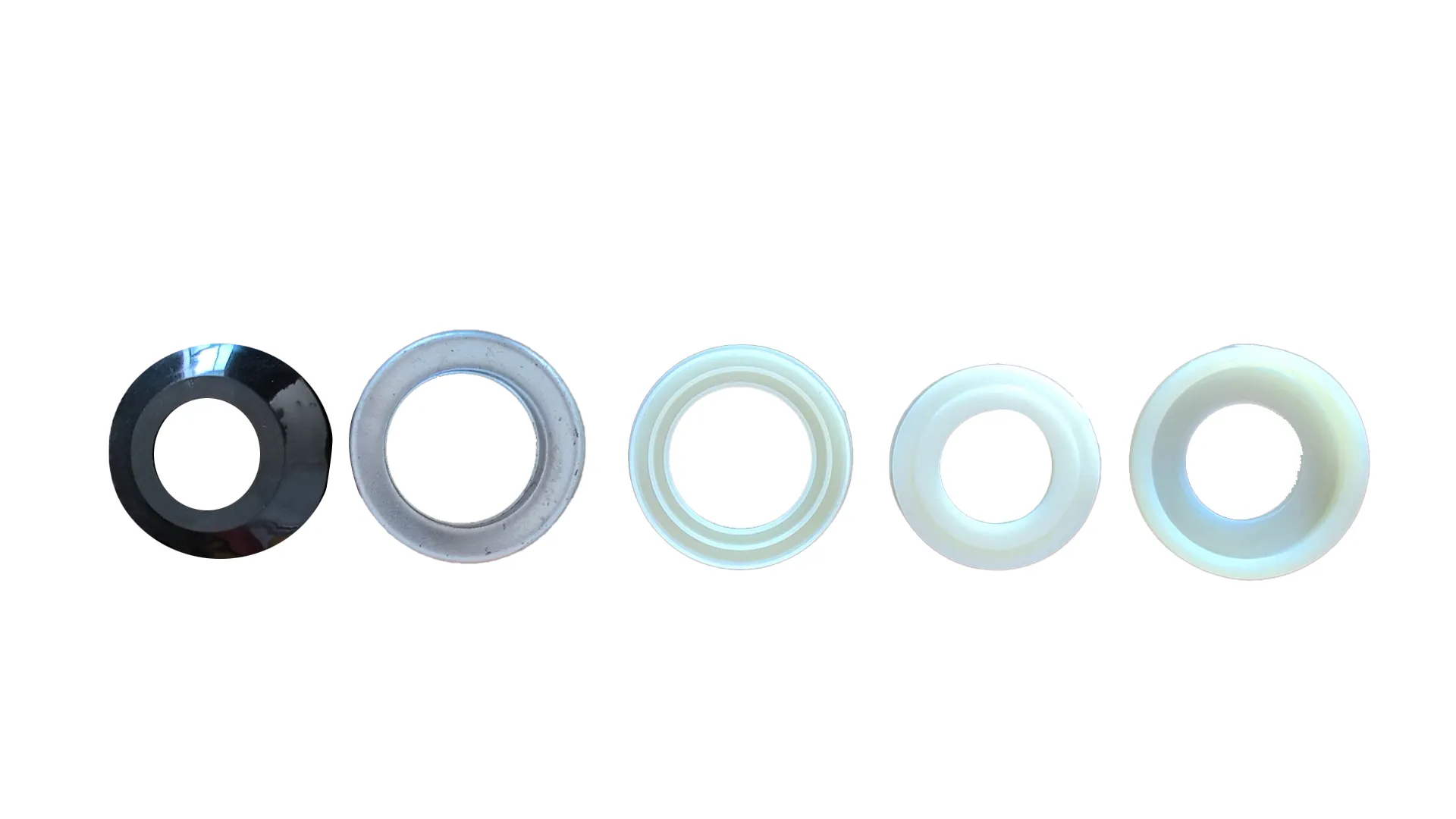 Afrikaans
Afrikaans  Albanian
Albanian  Amharic
Amharic  Arabic
Arabic  Armenian
Armenian  Azerbaijani
Azerbaijani  Basque
Basque  Belarusian
Belarusian  Bengali
Bengali  Bosnian
Bosnian  Bulgarian
Bulgarian  Catalan
Catalan  Cebuano
Cebuano  Corsican
Corsican  Croatian
Croatian  Czech
Czech  Danish
Danish  Dutch
Dutch  English
English  Esperanto
Esperanto  Estonian
Estonian  Finnish
Finnish  French
French  Frisian
Frisian  Galician
Galician  Georgian
Georgian  German
German  Greek
Greek  Gujarati
Gujarati  Haitian Creole
Haitian Creole  hausa
hausa  hawaiian
hawaiian  Hebrew
Hebrew  Hindi
Hindi  Miao
Miao  Hungarian
Hungarian  Icelandic
Icelandic  igbo
igbo  Indonesian
Indonesian  irish
irish  Italian
Italian  Japanese
Japanese  Javanese
Javanese  Kannada
Kannada  kazakh
kazakh  Khmer
Khmer  Rwandese
Rwandese  Korean
Korean  Kurdish
Kurdish  Kyrgyz
Kyrgyz  Lao
Lao  Latin
Latin  Latvian
Latvian  Lithuanian
Lithuanian  Luxembourgish
Luxembourgish  Macedonian
Macedonian  Malgashi
Malgashi  Malay
Malay  Malayalam
Malayalam  Maltese
Maltese  Maori
Maori  Marathi
Marathi  Mongolian
Mongolian  Myanmar
Myanmar  Nepali
Nepali  Norwegian
Norwegian  Norwegian
Norwegian  Occitan
Occitan  Pashto
Pashto  Persian
Persian  Polish
Polish  Portuguese
Portuguese  Punjabi
Punjabi  Romanian
Romanian  Russian
Russian  Samoan
Samoan  Scottish Gaelic
Scottish Gaelic  Serbian
Serbian  Sesotho
Sesotho  Shona
Shona  Sindhi
Sindhi  Sinhala
Sinhala  Slovak
Slovak  Slovenian
Slovenian  Somali
Somali  Spanish
Spanish  Sundanese
Sundanese  Swahili
Swahili  Swedish
Swedish  Tagalog
Tagalog  Tajik
Tajik  Tamil
Tamil  Tatar
Tatar  Telugu
Telugu  Thai
Thai  Turkish
Turkish  Turkmen
Turkmen  Ukrainian
Ukrainian  Urdu
Urdu  Uighur
Uighur  Uzbek
Uzbek  Vietnamese
Vietnamese  Welsh
Welsh  Bantu
Bantu  Yiddish
Yiddish  Yoruba
Yoruba  Zulu
Zulu Understanding the Functionality and Applications of Return Pulleys in Mechanical Systems
Understanding Return Pulleys A Key Component in Mechanical Systems
In the realm of mechanical engineering, system efficiency and functionality often hinge on the design and components employed in machinery. One critical component that plays a pivotal role in various mechanical systems is the return pulley. This article delves into the essence of return pulleys, their applications, and their impact on overall system performance.
A return pulley is a type of pulley that redirects the path of a belt or cable within a mechanical system. It is primarily used in systems where belts, ropes, or cables need to change direction to maintain tension and ensure smooth operation. The significance of return pulleys can be observed in numerous applications, including conveyor belts, elevators, and industrial machinery. Through their design, return pulleys help enhance the operational lifespan of a system by reducing wear and tear on components that come in contact with the belts or cables.
One of the most notable features of return pulleys is their ability to maintain tension in a system. In many mechanical setups, it is crucial to keep a consistent and appropriate tension on the moving elements. This is where the return pulley shines. By redirecting the belt or cable, it allows for the needed tension to be achieved, facilitating optimal performance of the entire system. If the tension is not correctly maintained, it can lead to slippage, increased friction, and ultimately, system failure.
Return pulleys are typically made from materials that offer a combination of strength and durability
. The choice of material is crucial because it needs to withstand the forces exerted by the belt or cable while minimizing wear. Common materials include steel, aluminum, and various composites. A well-designed return pulley should also feature a smooth surface to reduce friction, allowing for efficient movement without unnecessary energy losses.return pulley

The installation of return pulleys can significantly influence the overall design of a mechanical system. Proper placement and alignment are imperative to ensure that the belt or cable is directed accurately. Poor alignment can lead to miscommunication between components, resulting in uneven wear or mechanical failure. Therefore, engineers must carefully consider the geometry and layout of the entire system during the design phase to optimize the placement of return pulleys.
Moreover, return pulleys also contribute to safety in mechanical systems. In cases where a cable or belt may snap or become dislocated, a return pulley can help contain the system's components, preventing potential hazards such as moving parts striking operators or bystanders. This characteristic makes return pulleys not only crucial for performance but also for enhancing the safety of mechanical operations.
The application of return pulleys is widespread across industries. In material handling, return pulleys are integrated into conveyor systems to manage the flow of products efficiently. In the automotive sector, they are used in belt-driven systems to ensure reliable operation of components such as alternators and water pumps. Even in more specialized fields, such as aerospace and robotics, return pulleys play a vital role in ensuring precision and reliability.
In conclusion, return pulleys are an indispensable element in the machinery landscape, providing essential functions like tension management, increased safety, and system efficiency. Their importance spans numerous applications across various industries, underscoring their relevance in modern engineering. As technology progresses, the design and integration of return pulleys are likely to evolve, further enhancing their capabilities and impact in mechanical systems. Understanding and utilizing return pulleys effectively can pave the way for innovations in design, safety, and operational efficiency in mechanical engineering.
-
Revolutionizing Conveyor Reliability with Advanced Rubber Lagging PulleysNewsJul.22,2025
-
Powering Precision and Durability with Expert Manufacturers of Conveyor ComponentsNewsJul.22,2025
-
Optimizing Conveyor Systems with Advanced Conveyor AccessoriesNewsJul.22,2025
-
Maximize Conveyor Efficiency with Quality Conveyor Idler PulleysNewsJul.22,2025
-
Future-Proof Your Conveyor System with High-Performance Polyurethane RollerNewsJul.22,2025
-
Driving Efficiency Forward with Quality Idlers and RollersNewsJul.22,2025





























